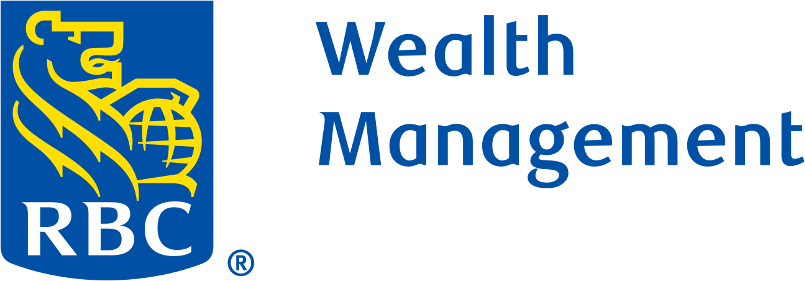Ben Joel
Managing Director - Financial Advisor, Senior Portfolio Manager - Portfolio FocusBlake Wilson, CEPA®
Senior Financial AssociateRichie Shapira
Client AssociateLet's start the conversation
If you want to discuss your portfolio or have financial questions, please fill out the below form.
To protect your privacy, we ask that you not send any confidential information, such as bank account numbers, credit card information or account details, through this contact us form.

